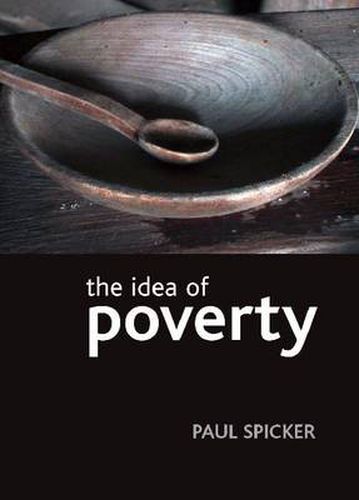Readings Newsletter
Become a Readings Member to make your shopping experience even easier.
Sign in or sign up for free!
You’re not far away from qualifying for FREE standard shipping within Australia
You’ve qualified for FREE standard shipping within Australia
The cart is loading…






This book examines views about what poverty is and what should be done about it. ‘Poverty’ means many different things to different people - for example, material deprivation, lack of money, dependency on benefits, social exclusion or inequality. In The idea of poverty , Paul Spicker makes a committed argument for a participative, inclusive understanding of the term.
Spicker’s previous work in this field has been described as ‘entertaining and sometimes controversial’, and his new book certainly lives up to this. Some of the book’s ideas are complex and will be of particular interest to academics and others working in the field, but the book has been written mainly for students and the interested general reader. It challenges many of the myths and stereotypes about poverty and the poor, and helps readers to make sense of a wide range of conflicting and contradictory source material.
$9.00 standard shipping within Australia
FREE standard shipping within Australia for orders over $100.00
Express & International shipping calculated at checkout
This book examines views about what poverty is and what should be done about it. ‘Poverty’ means many different things to different people - for example, material deprivation, lack of money, dependency on benefits, social exclusion or inequality. In The idea of poverty , Paul Spicker makes a committed argument for a participative, inclusive understanding of the term.
Spicker’s previous work in this field has been described as ‘entertaining and sometimes controversial’, and his new book certainly lives up to this. Some of the book’s ideas are complex and will be of particular interest to academics and others working in the field, but the book has been written mainly for students and the interested general reader. It challenges many of the myths and stereotypes about poverty and the poor, and helps readers to make sense of a wide range of conflicting and contradictory source material.